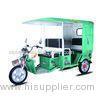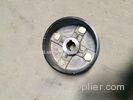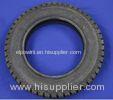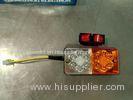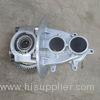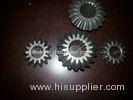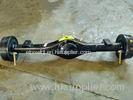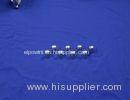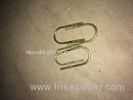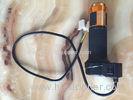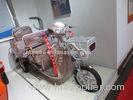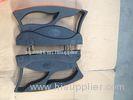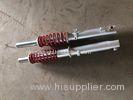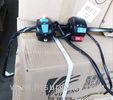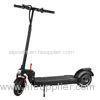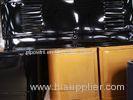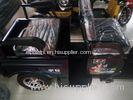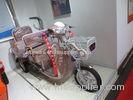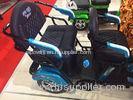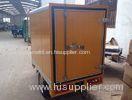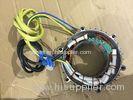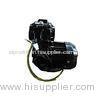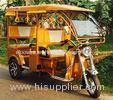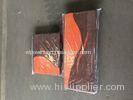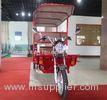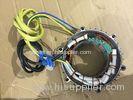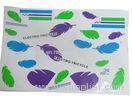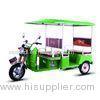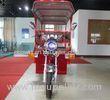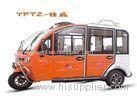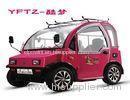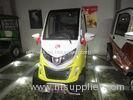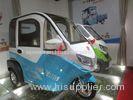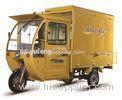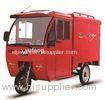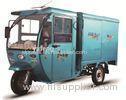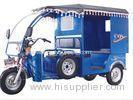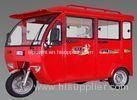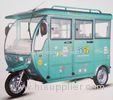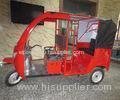|
Changzhou Yufeng Vehicle Co.,Ltd
|
Battery Powered All Electric Vehicles 4 Seater For Passenger 3300*1550*1560 Mm
| Place of Origin: | Jiangsu, China (Mainland) |
|
|
|
| Add to My Favorites | |
| HiSupplier Escrow |
Product Detail
1. Specification
<td style="width
1. Specification
| Size(mm) | 3300*1550*1560 |
| wheel size(mm) | 2185 |
| Wheel size | 155/70R12 |
| Speed change form | Continuous Variable Transmission |
| Nominal voltage(V) | 60/72 |
| Top speed(KM/H) | 45/50 |
| Battery | maintenance-free |
| Mileage | 80-150 |
| air heater | standard confuguration |
| Model | fengsu |
2. Description
1. The power window and lock, electronic brake assist
2. 12 inches of aluminum alloy hub
3. air heater
4. Rear view camera
The above configuration is all standard configuration.
1. Intelligent Internet GPS
2. HVAC conditon
3. Power-assisted steering
The above is high configuration. Customer can choose them.
Motor: AC asynchronous motor drive.
Braking suspension system: front brake disc, automatically drum brake disc
Suspension system: front Macpherson type of independent suspension, rear drag type of whole rear axle
Power battery
Type: colloid maintenance-free battery
Nominal voltage(V): 60/72
Mileage(KM): 80-150
Charger
Type: intelligent
Charging time: 8-10 h
3. Application
Travel or go out
4. Competitive advantage
1.thoughtful service
2.best quality
3.pretty competitive price
4.prompt delivery
A commutated DC motor has a set of rotating windings wound on an armature mounted on a rotating shaft. The shaft also carries the commutator, a long-lasting rotary electrical switch that periodically reverses the flow of current in the rotor windings as the shaft rotates. Thus, every brushed DC motor has AC flowing through its rotating windings. Current flows through one or more pairs of brushes that bear on the commutator; the brushes connect an external source of electric power to the rotating armature.
The rotating armature consists of one or more coils of wire wound around a laminated, magnetically "soft" ferromagnetic core. Current from the brushes flows through the commutator and one winding of the armature, making it a temporary magnet (an electromagnet). The magnetic field produced by the armature interacts with a stationary magnetic field produced by either PMs or another winding (a field coil), as part of the motor frame. The force between the two magnetic fields tends to rotate the motor shaft. The commutator switches power to the coils as the rotor turns, keeping the magnetic poles of the rotor from ever fully aligning with the magnetic poles of the stator field, so that the rotor never stops (like a compass needle does), but rather keeps rotating as long as power is applied.




